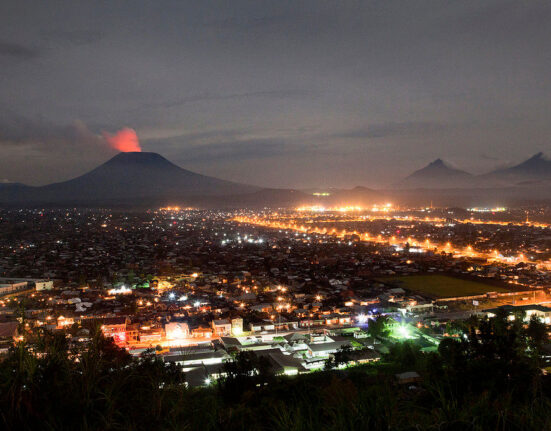The 2026 FIFA World Cup is gearing up to be a monumental event, with 48 teams set to battle it out across three host nations – the United States, Canada, and Mexico. This expanded format means more games, more excitement, but also more environmental impact.
According to a recent report by Scientists for Global Responsibility (SGR), this upcoming World Cup is projected to be the “most climate-damaging
” in the tournament’s history. The SGR estimates that the event will result in over 9 million tonnes of carbon dioxide equivalent (CO2e) being produced. To put that into perspective, it’s like having nearly 6.5 million British cars running for an entire year – making it one of the most polluting tournaments ever held.
The primary factors contributing to this substantial carbon footprint are the heavy reliance on air travel and the significant increase in the number of matches played. As SGR’s research suggests, this total emission is significantly higher than previous World Cup editions.
“
The figure was said to be ‘driven by a high reliance on air travel and significant increase in the quantity of matches’,
” highlighted the report.
While initial bids from the host countries indicated a lower estimate for emissions, SGR’s findings paint a different picture. The trio had pledged to set new standards for environmental sustainability in sports; however, reality seems to indicate otherwise.
Moreover, compared to its predecessor in Qatar back in 2022 which was reported to have emitted around 5.25 million tonnes of CO2e, this forecasted carbon output for 2026 raises concerns about environmental impacts if not addressed promptly.
FIFA has yet to officially respond to these concerning statistics presented by SGR. The governing body had previously made declarations regarding sustainability efforts such as aiming for a fully carbon-neutral World Cup by implementing emission reduction strategies. Nevertheless, questions linger about whether these goals will be met amidst escalating emissions predictions.
In light of these developments,
experts emphasize the importance of swift action towards reducing carbon footprints associated with mega sporting events like the FIFA World Cup.
“
As we move forward with hosting major international tournaments like the FIFA World Cup, it becomes imperative that all stakeholders prioritize sustainability measures,
” remarked an environmental analyst familiar with large-scale sporting events’ ecological impacts.
Meanwhile, on another front related to FIFA operations – Inaugurating their second office location within Trump Tower in New York City signifies a strategic move for proximity and accessibility purposes ahead of major upcoming tournaments like Club World Cup and next year’s flagship event.
“
FIFA is expanding its presence globally…it’s crucial for us not just from an operational standpoint but also enhances our engagement with key stakeholders,” shared Gianni Infantino during his statement regarding establishing offices closer geographically aligning vital functions necessary for smooth execution during prestigious competitions hosted worldwide.









Leave feedback about this